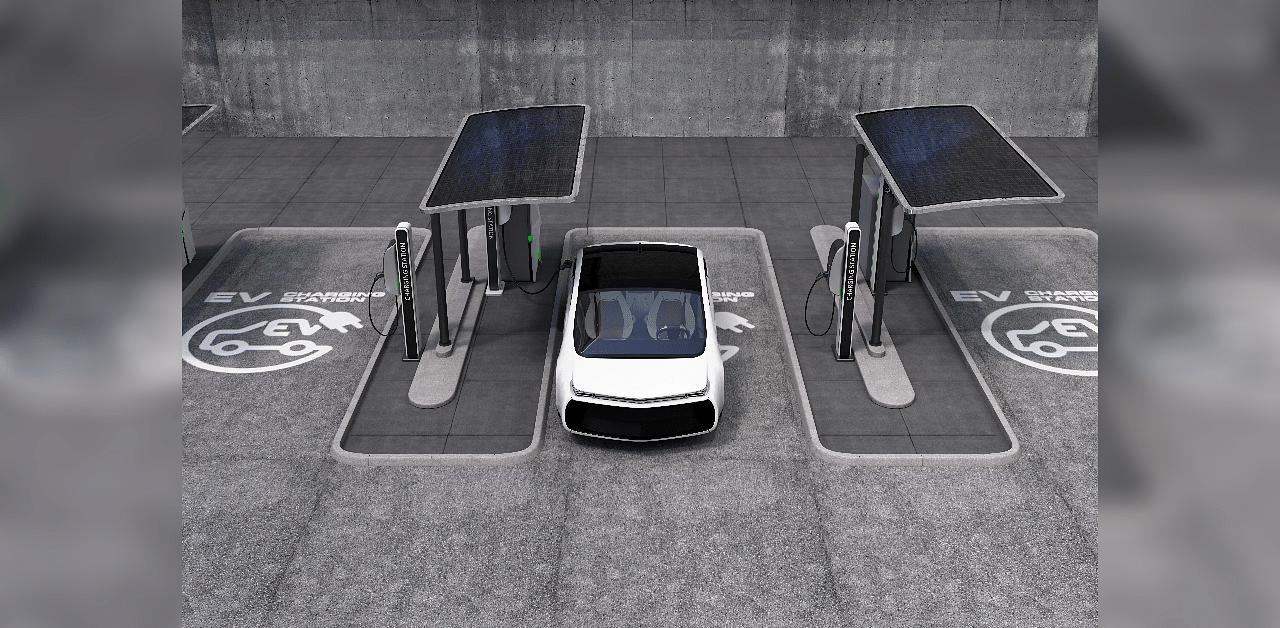
As the world celebrates the first Electric Vehicle Day on Wednesday (September 9), India is in an awkward position. The day is celebrated to encourage more people to switch to EVs. The Indian government is pushing EVs in a big way, auto manufacturers are coming up with products and people are not averse to the idea. But, the challenges remain.
The first problem is the cost of EVs and that deters an individual from buying one, especially when it comes to a four-wheeler. There are EV options in India from manufacturers like Hyundai, Mahindra, MG Motor, Tata among the four-wheelers and a host of two-wheeler manufacturers including TVS, Bajaj and Ather Energy. While a scooter will cost a lakh or just over, cars are very expensive.
This high cost is the biggest deterrence for the customer to invest in an electric car. For instance, the Hyundai Kona is imported as a completely built unit (CBU) and costs around Rs 24 lakh. The Tata Nexon EV is roughly Rs 14 lakh. The middle class is never going to invest this much money for an EV. Even after taking into account the subsidies that are given by the government, it is still very expensive.
The high cost is due to the battery, which accounts for about half the price of the car. Currently, the lithium batteries that are used are imported and this drives up the price of the cars. The only way costs can be reduced is to manufacture batteries locally. This again means heavy investment on the part of companies. So, clearly a lot needs to be done to drive the price of EVs down.
It also makes no sense for manufacturers to build EVs in India due to the low volumes. Why would a manufacturer invest astronomical sums of money to sell a few units? The general thought is that subsidies will not work and it has to be consumer and market driven if EVs are to be a success in India.
Estimates suggest that there could only be 15 per cent of EVs on the roads in India by 2030, while the rest will be the conventional internal combustion engine vehicles.
Apart from the high purchase cost, the consumer is just not sure what the experience of owning an EV is like. For instance, the biggest doubt is charging stations because we see so few of them right now. Secondly, the consumer is also anxious of the range. Companies clearly specify the range, but it could differ in real world conditions. For instance, the battery drain could be faster if the AC or cabin heater is turned on.
Also, here is a point to consider. The whole idea of EVs is to reduce pollution. But when most of our electricity generation is thermal, reducing vehicular emission but wanting more electricity to charge these vehicles seems ironic.
To switch to EVs overnight is an impossible task, considering how massive the country is, how big the market is and how price sensitive the customer is.
A lot of companies are doing away with diesels, which is called the ‘dirty fuel’ since it pollutes more. So, moving towards petrol is one way of cleaning up the environment a bit and the switch to Bharat Stage-VI is another.
Companies are also introducing hybrid cars and the most notable is Maruti Suzuki, which is also testing EVs. It is mostly mild hybrid technology being used and in this heat generated during braking is collected, converted to electrical energy and stored in a battery. This stored energy gives the car a small power boost. Of course, there are various other types of hybrid vehicles. But the logical step towards ‘greener’ vehicles is probably such technologies before EVs become mass market products in India.